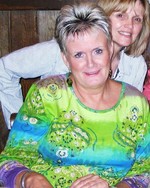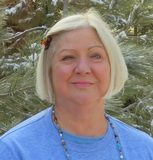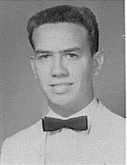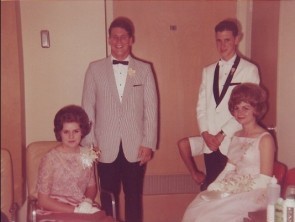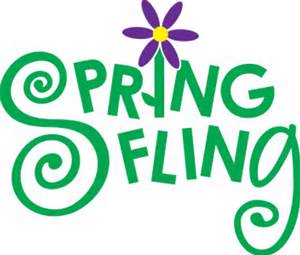|
William "Butch" Ginder
SINCE WE ARE POSTING SOME OF OUR TEXAS HERTIAGE I THOUGHT ID POST A FEW THING THAT I FIND AN INTERESTING READ. THIS IS A STORY FROM MY WIFES GREAT GRANDMOTHER ABOUT LIFE IN THE TEXAS PAN HANDLE
Good Sights, Sounds
Woman, 100, Recalls, Era of Longhorns
by Carrol Wilson
PAMPA - One thousand longhorns crashed through the dry mesquite near Snyder into the open rolling plains of the Panhandle. Their horns clattered and scraped together as they moved slowly across the prairie urged by the almost constant calls of the cowboys.
Those were the good sights and sounds - the good things Mrs. R. H Elkins likes to remember and think about.
She’s a little over 100 years old now, and though somewhat concerned with the present, she likes to dream of the cattle drive and her life on early-day Panhandle ranches.
From her bed, where she has been confined since before Christmas, Mrs. Elkins can see and hear high school football players on the practice field and she can see airplanes and automobiles and other symbols of the modern world.
She reads that part of the newspaper which she can see to read and tries to keeo abreast of world events. But, the events of the past are what she likes to talk about.
She talks about the time she, her husband, four children and 10 cowboys, pushing the longhorn herd to a leased spread near Mobeetie in 1897, stopped on Palo Duro Creek near Canyon. “It rained for 30 days,” said Mrs. J. H. Kelley, her daughter, who was 10 at the time of the cattle drive, “we had to stay in the chuck wagon for a long time.”
Mrs. Elkins’ sons caught fish in the creek and she cooked up batch after batch of sourdough biscuits and fish for the hands.
They finally made it to Mobeetie in 1898 after following the dust and grime of the hear over 200 miles from southern Kent County where the family’s ranch was wide open to predatory Comanches.
After resting the herd one year the family and cattle took to the trail again - to the 75-section spread near Clarendon.
At the Bar X Ranch in Clarendon, Mrs. Elkins assumed the almost typical chores of a ranch wife - cooking for the cowboys and sewing and mending and washing. There, the family stayed quite a while and Mrs. Elkins says it was a good life -the best.
After a 19 year stay in El Paso where Mr. Elkins was cattle commissioner, the family moved to Miami and then to Pampa and said goodbye to the open ranchland and the cattle and smell of sage. It was literally the passing of an era for Mrs. Elkins.
Elkins died in 1956 after 66 years of marriage and Mrs. Elkins has lived with her daughter since. She’s lived everyday to the fullest, she says.
Of course, after a century of living she’s got regrets. But, she’s got her memories too. Memories of the mesquite, the dust, the clattering horns and the peaceful calm of the ranch.
From another article she was quoted as having 22 grandchildren, 33 great-grandchildren and 20 great- great-grand children. Mrs. Elkins’ bright eyes gleamed as she grinned and said, “Sure, we had cattle rustlers, and if we caught ‘em, we hung ‘em. The same thing with a horse thief. Indians plagued the early pioneers in several ways from stealing horses to cornering dance goers in trees. Mrs. Elkins said her father often had to chain his horses to a wagon wheel to keep the Indians from stealing them, and even that didn’t do any good sometimes. When the Indians stole them anyway, he and his sons would hunt down the horse thieves. Mrs. Kelley explained Ken Elkins, a cattleman, and her grandfather on her father’s side, annually sponsored a Christmas ball on the Jim Ned River near Coleman. “For other entertainment, the early pioneers had camp meetings with a circuit rider preacher. Folks came for miles and miles on horseback and in wagons, and we had preaching all day and dancing all night,” Mrs. Kelley, said.
The Elkins family, like other ranchers and cattlemen in the days of the “long-horns” never owned a milk cow or planted a vegetable garden.
Sent from her granddaughter, Gena Tubb.
|

![]()






